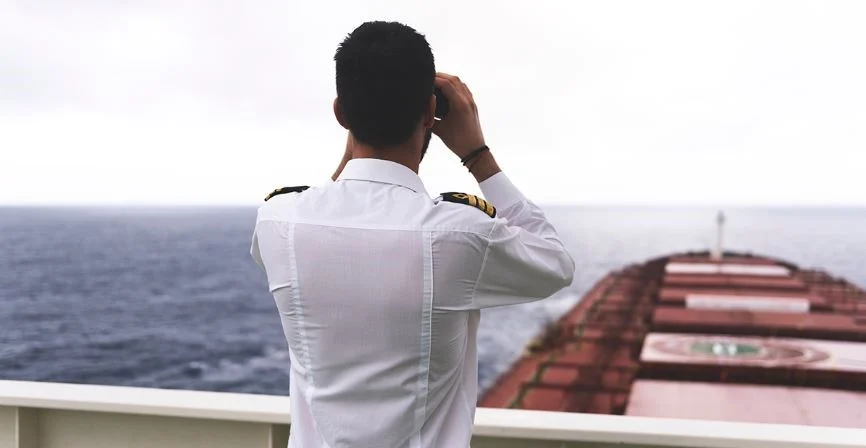In maritime navigation, even a brief moment of distraction on the bridge can lead to serious accidents. That’s why staying alert is absolutely crucial; vigilance cannot be overlooked. To ensure that the officer on duty remains awake and attentive throughout the voyage, ships are equipped with the Bridge Navigational Watch Alarm System (BNWAS). This system acts as a safeguard, helping to maintain constant watchfulness and preventing human errors that could lead to disaster. It can be imagined as a constant watchful safety net, silently preventing anyone at the helm from succumbing to fatigue or distraction.
What is BNWAS Exactly?
BNWAS is an automated watch keeping system mounted on the bridge of a ship to monitor the vigilance of the watch keeping officer. Its task is straightforward: it identifies when the officer is inactive or unresponsive, then triggers a series of increasing alarms if no action is taken. This ensures that the person navigating the vessel is awake, alert, and capable of performing his or her duties.
Why is BNWAS So Significant?
OOW tend to work long hours, night shifts, and prolonged mental focus—a combination which can easily make them drowsy or distracted. BNWAS minimizes this danger by necessitating periodic acknowledgment from the OOW. If they are not responsive within the specified timeframe, the system issues alarms to call in backup, preventing accidents before they can occur.
This system has a simple yet important role: it protects lives, cargo, and the ship.
BNWAS carriage requirements
According to SOLAS, the following ships must have BNWAS installed:
Passenger vessels and cargo ships with a gross tonnage (GT) of 150 or more, regardless of when they were built.
Active Monitoring Mode
Once the monitoring is initiated, the officer periodically has to engage with the system to assert alertness. This can be by:
- Pushing a reset button, or
- Motion detection (if fitted with sensors)
- The very first alert interval could be between 3 to 12 minutes.
Alarm Escalation Stages
In case of no acknowledgment within the specified time, the subsequent alarms are initiated:
Stage 1 Alarm (0–15 seconds after timeout)
There is a visual and audible alarm on the bridge as a reminder to reset the system.
Stage 2 Alarm (after 15–30 seconds)
In case still not acknowledged, the alarm is propagated to the Captain’s cabin and/or other backup officer quarters.
Stage 3 Alarm (after 90 seconds or according to configuration)
Additional escalation informs more crew members in public areas, ensuring someone intervenes in good time.
This graduated alarm system makes sure that in case of failure of one person to respond, others are alarmed fast and in a calm manner.
IMO Performance Standards for BNWAS
As per the outline in IMO resolution MSC.128 (75), BNWAS should comply with the following technical standards:
Automatic Activation
The system should activate automatically when the vessel is underway or when the autopilot is engaged.
Simple Reset Mechanism
There should be a manual reset button present on the bridge to enable easy acknowledgement by the officer.
Fail-Safe Functionality
Any technical failure or loss of power should be explicitly noted and should not render the system inoperable quietly.
Structured Alarm Priority
Alarms should escalate progressively without panic, beginning with soft bridge alarms and ultimately incorporating other crew if needed.
Tamper-Resistance
Settings and controls should be protected from unauthorized activation or adjustment.
These requirements prevent the system from interrupting natural bridge workflow while still providing safety surveillance.
Final Thoughts
The BNWAS is not flashy or sophisticated—but its worth cannot be measured. Simply by monitoring whether or not the watch officer is alert, it serves as an important line of defence against accidents caused by human mistakes or exhaustion. It assists the human factor at sea by making certain that there is always someone awake and watching at the bridge.
In maritime work, where efficiency and safety cannot possibly be mutually exclusive, BNWAS provides a silent but potent layer of protection.
Because ultimately, it’s not about possessing technology on board—it’s about ensuring it’s keeping an eye out when we can’t spare a moment to blink.


